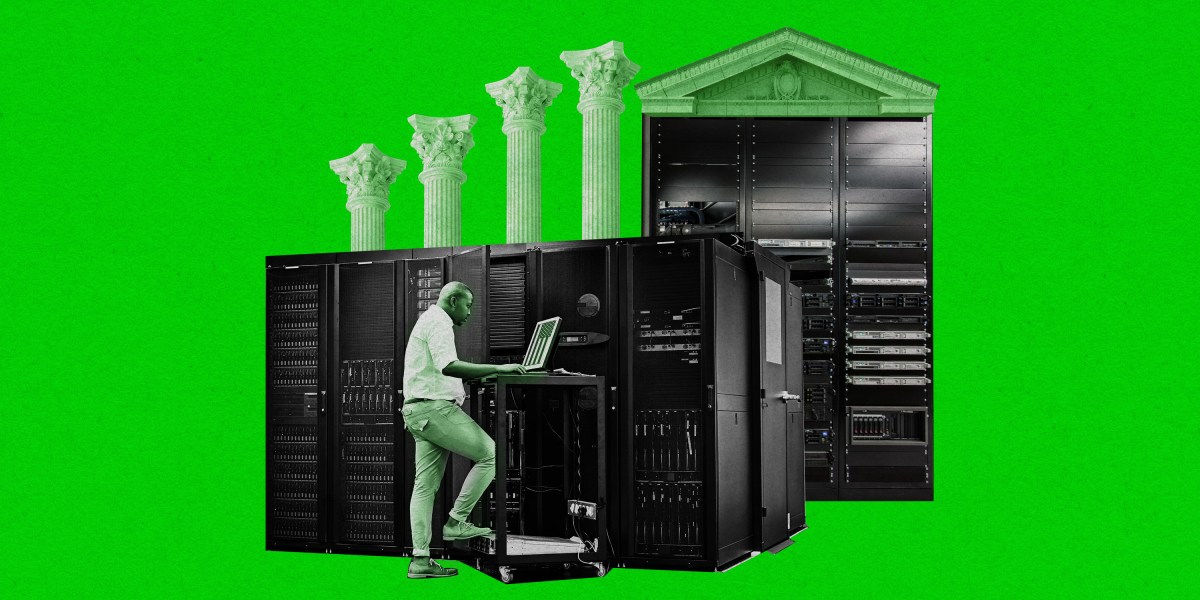Academia’s greatest strength lies in its ability to pursue long-term research projects and fundamental studies that push the boundaries of knowledge. The freedom to explore and experiment with bold, cutting-edge theories will lead to discoveries and innovations that serve as the foundation for future innovation. While tools enabled by LFMs are in everybody’s pocket, there are many questions that need to be answered about them, since they remain a “black box” in many ways. For example, we know AI models have a propensity to hallucinate, but we still don’t fully understand why.
Because they are insulated from market forces, universities can chart a future where AI truly benefits the many. Expanding academia’s access to resources would foster more inclusive approaches to AI research and its applications.
The pilot of the National Artificial Intelligence Research Resource (NAIRR), mandated in President Biden’s October 2023 executive order on AI, is a step in the right direction. Through partnerships with the private sector, the NAIRR will create a shared research infrastructure for AI. If it realizes its full potential, it will be an essential hub that helps academic researchers access GPU computational power more effectively. Yet even if the NAIRR is fully funded, its resources are likely to be spread thin.
This problem could be mitigated if the NAIRR focused on a select number of discrete projects, as some have suggested. But we should also pursue additional creative solutions to get meaningful numbers of GPUs into the hands of academics. Here are a few ideas:
First, we should use large-scale GPU clusters to improve and leverage the supercomputer infrastructure the US government already funds. Academic researchers should be enabled to partner with the US National Labs on grand challenges in AI research.
Second, the US government should explore ways to reduce the costs of high-end GPUs for academic institutions—for example, by offering financial assistance such as grants or R&D tax credits. Initiatives like New York’s, which make universities key partners with the state in AI development, are already playing an important role at a state level. This model should be emulated across the country.
Lastly, recent export control restrictions could over time leave some US chipmakers with surplus inventory of leading-edge AI chips. In that case, the government could purchase this surplus and distribute it to universities and academic institutions nationwide.

